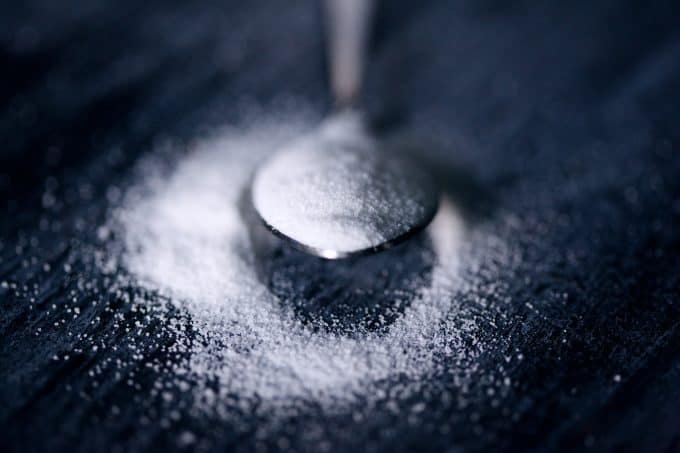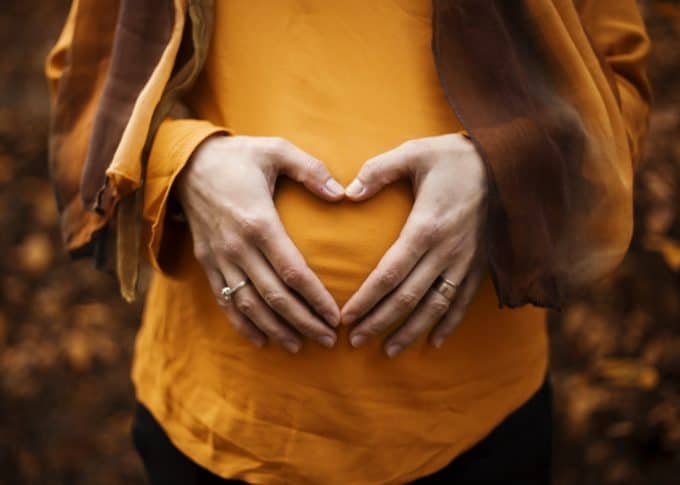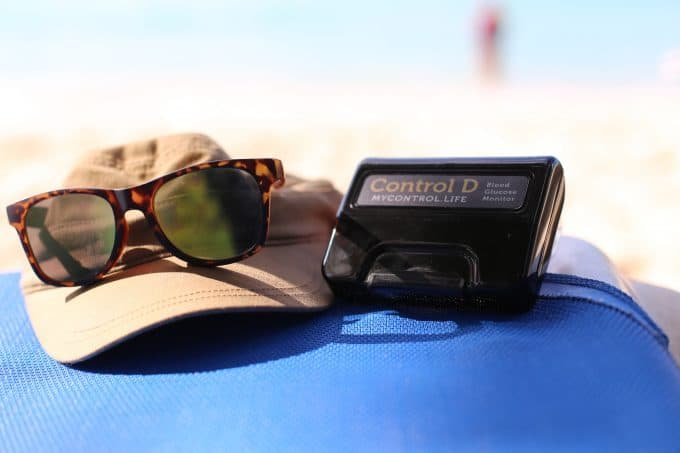Last Updated on November 14, 2020 by Dr Sharon Baisil MD
Diabetes is becoming the third most common disease driving people to death both in India and abroad. With more than 1 million cases recorded every year, it has become the burning issue of the time to get a hold over this disease which can prove to be fatal if not checked within the right time.
India is a land of festivals and here no festival is marked complete without the preparation of sweets. People love to exchange sweets with relatives and acquaintances during each and every occasion. But they often ignore the health risks these sweets bring with them which never spares anyone irrespective of emotions and celebrations.
The more you delay, the more you openly invite many deadly diseases besides diabetes. Diabetes is creating a room at such a rapid rate that no one is free from its grudges whether kids, teenagers or adults. Anyone can fall victim when deprived of the adoption of the right measures. A regular blood sugar checkup along with a balanced intake of carbohydrates is a must eliminate the circumstances for diabetes to arrive.
What are normal blood sugar levels in India?

Your blood sugar levels are normal if they are less than 100mg/dL after going without eating for 8 hours (referred to as fasting in medical terminology ). Also, blood sugar levels should not exceed beyond 140mg/dL from two hours after eating a meal, to be on the safe side.
The blood sugar levels are lowest before meals during day time being in the range of 60 – 90mg/dL and less than 180mg/dL after meals. The preferably secure range during bedtime is 100-140mg/dL and approximately 100mg/dL is considered ideal before exercise.
Normal sugar levels vary with each age group. You can find the normal levels for children, teenagers, and adults in the sections below.
If your blood sugar levels are high, you can get this ebook to know about all the Good and Bad Foods for Diabetes
Know more about this useful eBook
Normal Blood Sugar Levels in India for Children
Age less than 6 years
Normal levels after fasting – 100 to 180mg/dL
Normal levels during bedtime and midnight – 110-200mg/dL
Age groups: 6-12 years
Normal levels after fasting – 90 to 180mg/dL
Normal levels during bedtime and midnight – 100-180mg/dL
Normal Blood Sugar levels for Teenagers
Age Groups: 12-18 years
Normal levels after fasting – 90 to 130mg/dL
Normal levels during bedtime and midnight – 90-150mg/dL
Normal Blood Sugar Levels in India for Pregnant Women

Readings after fasting – less than 95mg/dL
Readings before exercise – less than 95mg/dL
Readings 2 hours after meals – less than 120mg/dL
HbA1c readings – less than 6
You can read more about how to control diabetes in pregnancy in this article
Normal Blood Sugar Levels in India for Adults

1. Glycosylated hemoglobin test (HbA1C)
Also known as glycated hemoglobin test or HbA1c test. Our blood cells appear red dominantly because of the presence of the iron-protein complex called hemoglobin. When sugar sticks to these proteins of hemoglobin, it is called as glycosylated sugar.
This is one of the most common tests for diabetes and is the first choice of physicians. The reason is that the measurement of HbA1c gives the idea of how much sugar is present in the blood for the recent three months which in turn gives the basic idea of how the body is managing the sugar. Small amounts of blood samples are taken and average blood sugar levels of the last 4 months are calculated.
It gives fairly accurate measurements and the outline of the results is summarised as –
5.7 or lower – Normal
5.7 to 6.4 – Pre Diabetes
6.5 or above – suggestive of diabetes
The fluctuations in results may occur in the case of pregnant women or people with special hemoglobin. The doctors in such cases will recommend another diabetes test for confirmation.
2. Fasting Blood Sugar Test (FBS)
Just to wipe off any confusion from your mind, “fasting” here simply means without eating anything for 8 to 12 hours. This is an essential thing to do before going for a diabetes test. HbA1c test doesn’t require to go for fasting before the test but this is extremely necessary to get precise results during other several tests.
Nevertheless, in Fasting Blood Sugar Test, a small sample of blood is drawn after an overnight fast and taken for testing.
100mg/dL or lower indicate Normal
100 – 120mg/dL marks Pre Diabetes
126mg/dL or higher is suggestive of Diabetes
3. Lipid Profile Test
Increased cholesterol levels too pave the threat for diabetes and many more health anomalies. Accordingly, people who have rigorously high cholesterol are much likely to have high blood sugar as well. Blood test for lipids which thoroughly checks for cholesterol, LDL, HDL, and triglycerides is necessary as a part of the clinical diabetic diagnosis.
Normal levels of Fasting Total Cholesterol is less than 200 mg/dL

4. Oral Glucose Tolerance Test (OGTT)
This test is to be performed in the morning after fasting for 8 to 10 hours during night time. Fasting blood sample is collected and then a person is further administered with a dose of specifically prepared glucose drink made by dissolving 75 grams of glucose in 300ml of water as strictly recommended by the World Health Organization (WHO). After two hours of consuming this drink, one more blood sample is collected.
The results which attribute to Diabetes are outlined as –
Fasting blood sample value – >126mg/dL
Value recorded two hours after the consumption of glucose drink – >200mg/dL
The readings which assure no risk for diabetes are concluded as –
Fasting blood sample value – <110mg/dL
Value recorded 2 hours after consumption of glucose drink – <140mg/dL
5. Gestational diabetes test
This test is particularly done to check the diabetic risk in pregnant women. The person has to drink the same liquid as in the case of OGTT. The first blood sample is taken before administering the drink and then some more samples are taken after 2 hours and 3 hours from the drinking of glucose liquid. Any dilation in blood glucose levels above the reference safe limits either during fasting or other samples points towards positive gestational diabetes and becomes a matter of concern.
6. Random Plasma Glucose Test (RBS)
This test doesn’t require the need for fasting and can be done at any time during the daylight hours, hence, titled as “random”. The readings above 200mg/dL most probably represent the onset of diabetes but usually, another blood sugar test needs to be performed for an accurate and assured assertion.
Blood sugar testing at home
You will totally comply with the fact that technology has made our lives easy to just another level. Every now and then, we get the benefits of some unsurpassed services offered by digital devices of the 21st century. Similarly, one such device is glucose monitor kits and glucose meters which can be regulated at the comforts of our homes to assist us better in diabetes management.
Traditional home glucose monitoring
This involves few simple steps commencing with pricking a finger with a sharp needle “lancet” after carefully cleaning the fingertip with the spirit or rubbing alcohol for the purpose of sterilization. Next is putting the blood drop on the test strip and placing that strip into a meter that simultaneously displays your blood sugar levels. You must keep track of all your readings perfectly organized. Note down the time, exact readings, and last food intake before the testing with thorough care in your logbook so that this log can be shared with your doctor in case of any emergency or issues and each can be sorted at its best.
You can easily find blood glucose meters and strips at your local medical stores and not to forget you are absolutely liberal to order them online at greatest convenience.
Continuous Glucose Monitoring kits

For CGM, a person is supposed to wear a monitor for 24 hours a day to record blood glucose levels on a regular ongoing basis. This generates an accurate picture of glucose levels and fluctuations generated in blood sugar levels throughout the day. These kits may be not affordable for all due to high prices. Some of the really good companies to manufacture these kits are Accucheck, Dexcom, Apollo Sugar, Medlife diabetes health kit and many others.
Moreover, it’s worth mentioning some Android apps which can be synced with glucose monitors to make the process handier. One such app is the Mysugr app which can be synced across all glucometers in no time and you can send all the data directly to your doctor to have regular control without the need of going anywhere. BG monitor diabetes is another such app that automatically generates your insulin amounts that suits you in accordance with the target numbers fed by you.
Glucose Buddy app feasibly connects with your Dexcom monitors and lets you easily keep a manual track of all your exercises diet.
When to approach a Specialist for diagnosis and medication
Under normal circumstances, our body synthesizes and secrets insulin hormone which stimulates cells to absorb the excess of glucose lessening its amount in the bloodstream. But this phenomenon fails during elevated blood sugars and insulin no more transports excessive glucose from the blood to cells and blood sugar levels exceed to a dangerous extent.
The blood sugar levels in the range of 180 to 250mg/dL call for instant checkups and diagnosis. Increased blood sugar is often accompanied by certain symptoms that you should be aware of and seek immediate medical attention as soon as you experience any of the following outcomes.
- Feeling more thirsty than usual – whenever a person is diabetic, the body cannot utilize sugar from food. As a result, the person is likely to feel thirsty and tired more often.
- Frequent urination – This is the most common symptom that follows pre-diabetes. Kidneys fail to cope up with the excess glucose that builds up in the blood and the osmotic balance of the body gets disturbed. Consequently, excessive glucose is excreted out through urine along with other body fluids.
- Weightloss – carbohydrates are the main source of energy for our bodies. These are broken down into simpler sugars which fuel up our body providing energy to carry out all living functions. Diabetes hinders insulin in its activity to promote uptake of sugars by the cells. Eventually, cells are deprived of their energy requirements so the body starts burning fats stored in the liver and muscles to meet its energy demands leading to an overall decrease in a person’s body weight.
- Bloating – most pre-diabetic, as well as diabetic patients, complain of bloating and troubling stomach aches which arise due to delaying in the digestion process. Food remains in the stomach for a longer time reasonably causing building up of gases and even ulcers.
Concluding words
To lead a diabetes-free life, you need to be agile and aware enough of the conditions and must be extremely careful regarding all the necessary diagnosis and medication linked with it. Looking at the present statics of the disease, it is considered beneficial to advise to go for blood sugar checkups at regular intervals to avoid problems before they grow up to disastrous heights. Be extra cautious to observe any diabetes-related symptoms in you and the people around you.
Proceed and book your appointment for the test with the trusted doctor as early as possible. Nowadays, most diseases and especially diabetes is completely curable if detected during the early stages. Your laziness may impel you to pay a hearty price later on. So, better to eradicate the problem in its initial nurturing phase only. That’s only a possible and practical way to tackle diabetes presently.
References
- https://pubmed.ncbi.nlm.nih.gov/18835944/
- https://pubmed.ncbi.nlm.nih.gov/30905457/
- https://pubmed.ncbi.nlm.nih.gov/30237233/
- https://pubmed.ncbi.nlm.nih.gov/28924074/
- https://pubmed.ncbi.nlm.nih.gov/24397159/
- https://pubmed.ncbi.nlm.nih.gov/2730738/
- https://pubmed.ncbi.nlm.nih.gov/11327477/
- https://pubmed.ncbi.nlm.nih.gov/26171659/
- https://pubmed.ncbi.nlm.nih.gov/19389816/
- https://pubmed.ncbi.nlm.nih.gov/26902794/
- https://pubmed.ncbi.nlm.nih.gov/30821157/
- https://pubmed.ncbi.nlm.nih.gov/21755824/






Yes, I love this place
I am really happy to note that you liked the website
Sir : I am a diabetic person 49years old. My fasting sugar today 5:15 AM was 67 and Two hours after breakfast was 173. What should I do now. Kindly suggest.
Thanks
Amitabh Ratna Kumar
Hi Amitabh,
The early morning variations in blood sugar levels are due to two natural process in the body called Dawn phenomenon and Somogyi effect. This can result in very low sugar levels in the early morning hours in individuals with Diabetes. You can slightly reduce the dose of medications taken after dinner, to adjust the morning sugar levels.
Additionally, follow a strict diabetic diet plan to ensure a consistent sugar level, throughout the day. You can find a detailed diet plan, based on Indian foods, on clicking here
I am so glad to find this page. Dr. Baisil, my fasting reading at 6:15AM this morning is 122. How is it? Is it a matter to worry about?
It shows that you are in the prediabetes phase (100-125mg/dL). The good news is that its completely reversible through a low-glycemic diet and daily walking of 45 minutes. If you want to know about the diet in detail, you can get my ebook on Indian Diet for Diabetes, from this link
ஐயா எனது பெயர் சிவகுமார் வயது 36 எனது சர்க்கரையின் அளவு காலை 110 to 120 மற்றும் உணவுக்கு பின் 170 to 200 (தினசரி பரிசோதனை) நான் மாத்திரை சாப்பிடாமல் இந்த அளவுகள் இருக்கின்றன இது சரியா?
Hi Sivakumar,
They are in the pre-diabetic range and should be reversed by following a strict low glycemic diet and daily walking of 1 hour
My HbA1c is 5.9. Fasting blood sugar is 145.59 & PP 173.46. Am I a diabetic and start medication
Hi Avinash, your FBS is suggestive of diabetes and it is better to start on Metformin to improve the insulin sensitivity. You need to focus on adding more low glycemic foods in your daily diet
Hello doctor
My mother is suffering form diabetes type-2. what should be the normal ranges of sugar lever for her , both fasting and after mean and after two hrs post means
thanks
Hi Dr Meenakshi, the ideal fasting glucose level for her age is less than 126mg/dl, and two hours post prandial level (PPBS) should be less than 180 mg/dl. The fasting levels show the effectiveness of diabetic drugs that she is taking at night and the PPBS shows the effectiveness of drugs taking in the morning.